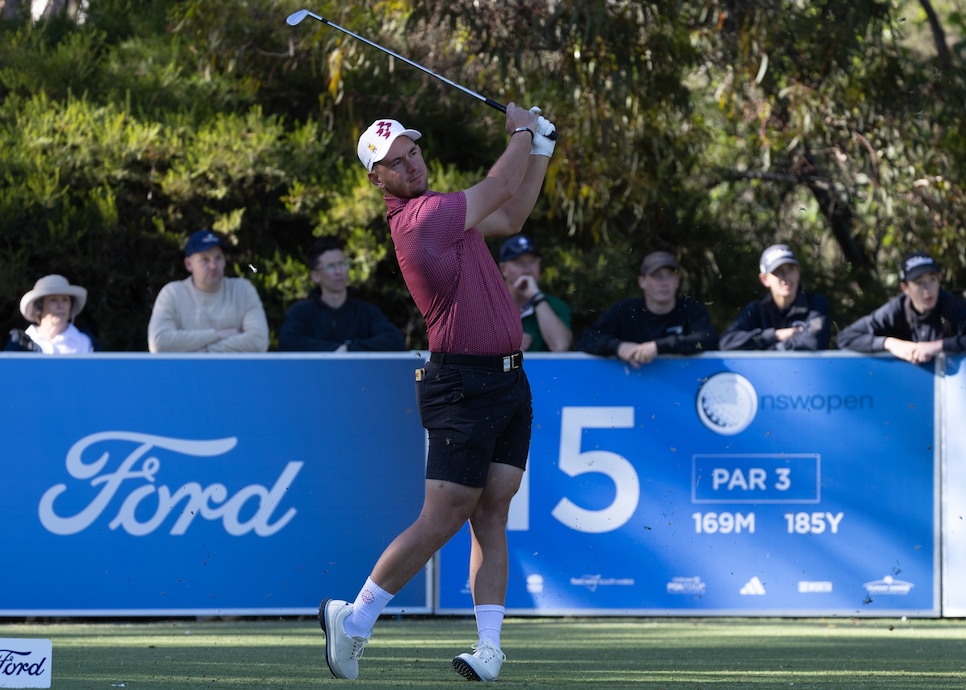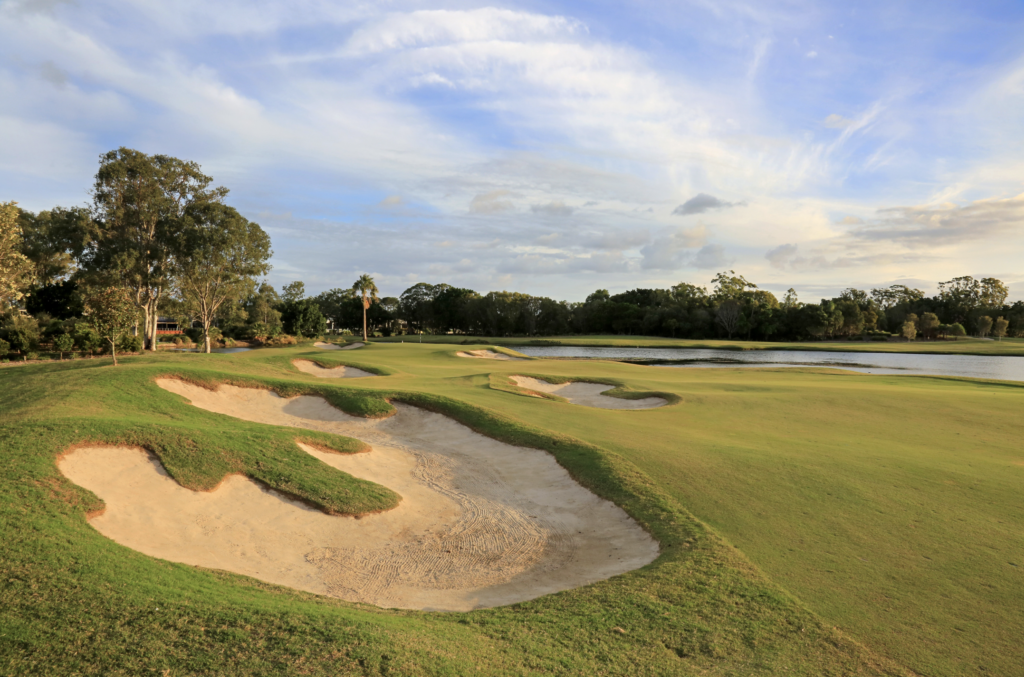Carnoustie’s ‘forgotten man’ on Jean Van de Velde’s collapse and the 1999 Open playoff that followed – Australian Golf Digest

- by Admin
- July 24, 2024

CARNOUSTIE, Scotland — Francis Ouimet winning the 1913 U.S. Open against Ted Ray and Harry Vardon springs immediately to mind. So does Sam Snead seeing off Ben Hogan to claim the 1954 Masters. Then there was Jack Nicklaus defeating Doug Sanders to win his second Open Championship at St. Andrews in 1970.
Yeah, yeah. Momentous occasions to be sure, historic even. But surely the most remarkable/unexpected/ridiculous stretch of extra holes in golf history has to be those that decided the 1999 Open Championship at Carnoustie. Paul Lawrie shot 67 that day and had to wait more than an hour for the other contenders to finish. And anyone who pays even a little bit of attention to golf knows what happened to Jean van de Velde on the 72nd hole. Needing nothing more than a double-bogey 6 to win the title, the Frenchman contrived to make a triple via heavy rough, the Barry Burn that fronts the putting surface and a greenside bunker.
All of which will sound familiar to even the casual golf fan. But what about the third guy in the playoff? (Yes, there was a third.) Justin Leonard was in the group ahead of van de Velde. The then 27-year-old American had won the Open two years before at Royal Troon. He was, by a distance, the highest-ranked player in the playoff. But that day and since he has attracted the least amount of attention amidst all that went on. Leonard was there, but, perhaps understandably given the craziness that transpired, not many noticed or paid attention to his presence.
“I am the forgotten man,” says Leonard, who is back at Carnoustie this week competing in the Senior British Open. “That’s a good way to put it.”
That may well be, but standing a few yards behind the 18th green, Leonard’s own recall of his attempt to win the claret jug for the second time in three years remains vivid enough.
“I don’t think anyone was prepared or ready for a playoff, least of all me,” he says. “But I’d include the other two players in that, too. I was playing in the group right in front of Jean. So I was in the scoring cabin as he played the last. I watched what was going on from there. It seemed like it took forever for him to finish the hole. As soon as he putted-out, I was like, ‘geez, I’m in a playoff.’
“I was in shock when I saw what had transpired,” Leonard continues. “It was an, ‘oh my gosh’ moment. I was like everyone else trying to work out just what Jean had made. It was, ‘OK, he was there in one, then there in two, there in three, out in four’ and so on. I was literally using my fingers to figure it out. Eventually I realized he had to get up-and-down out of the bunker to even get into the playoff. It was surreal and shocking really. All in all, making a playoff was the last thing I expected, especially given that I had not played too well over the coming holes.”
More from Golf Digest Life Goes On ‘It never haunted me’: Jean van de Velde delivers great answer about ’99 Open collapse in return to Carnoustie 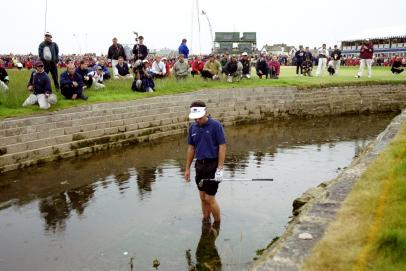 local knowledge The Charming Choke: Jean Van de Velde, 25 years later
local knowledge The Charming Choke: Jean Van de Velde, 25 years later 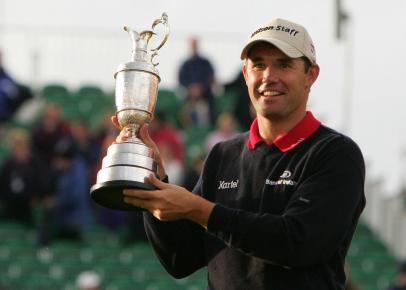 Letter from Europe Padraig Harrington has fond memories of Carnoustie—but a few dark ones, too
Letter from Europe Padraig Harrington has fond memories of Carnoustie—but a few dark ones, too
That assessment is overly critical. Leonard’s closing 72 was comparable with just about anyone else on the leader board, except Lawrie. The Scot started the final round 10 strokes off the pace but shot an outstanding four-under-par 67. Losing to that level of performance is fair enough. But still, for Leonard some mental adjustment was required.
“In the space of 25 minutes or so, I went from being disappointed at my finish to trying to get ‘up’ for a playoff,” which, in retrospect, wasn’t easy,” he says. “I’m not sure I could have handled it any better or any differently though. I looked on it as the ultimate second chance. But I just didn’t play great over the four holes. Paul maybe had the toughest task. He played so well then had to sit around for a couple of hours (Lawrie actually teed off 70 minutes ahead of van de Velde). For him to come out and play the way he did was so impressive. I just didn’t play that well or hit it that well. It was a scrappy round. I wasn’t as sharp as I had been the first few days. I found a way to get it round. But that wasn’t enough in the playoff, as well as Paul played.”
That generosity of spirit—reminiscent of the iconic winner’s speech Leonard made at Royal Troon two years earlier—must, however, mask some understandable regret. And it does. Not too much though.
“I would certainly have been more disappointed than I was if I hadn’t won two years before,” he says. “Or won the Open at some point. As close as I came here in ’99. I’d already had a year with the claret jug. Plus, Paul played that phenomenal round. I have never gone back and watched. Maybe I should some day. All I can say is he was just great. To shoot the score he did in those conditions was just amazing.”
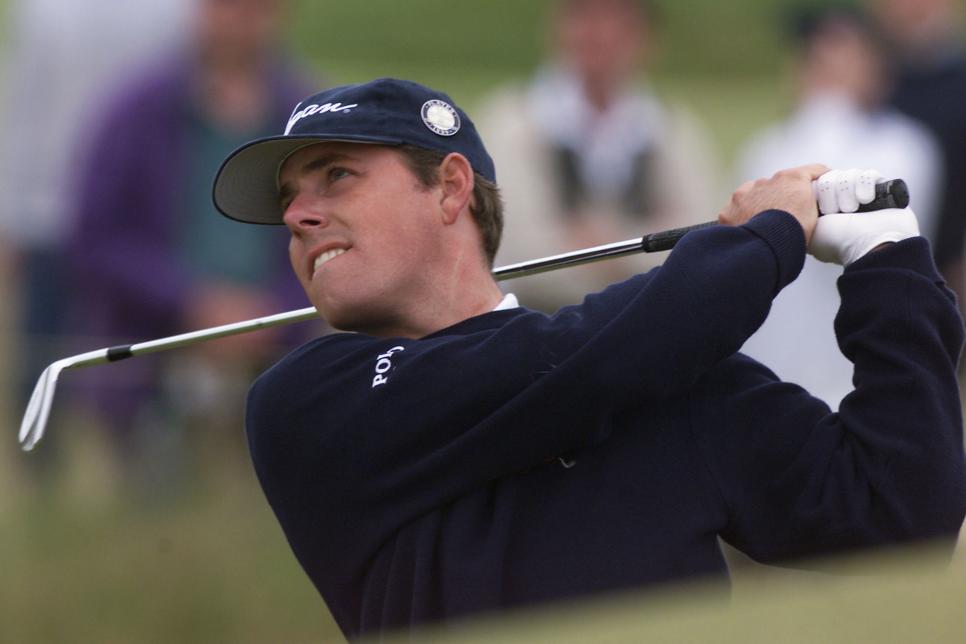
Leonard acknowledges the disappointment of losing the 1999 playoff was offset by the fact he had won the claret jug two years before.
PATRICK HERTZOG
As for this week, Leonard is fresh—or perhaps not so fresh— from last week’s Open Championship where he shot 80-78 to comfortably miss the halfway cut. But there was one highlight, when the 1997 Champion Golfer of the Year was afforded the honor of hitting the opening tee-shot on day one.
“My family, my wife and kids, were all there to see that,” says Leonard, who has since been working on his swing with Mike Thomas, Justin’s dad. “It was a nice tribute. And if that is my last Open I’m fine. If not, that’s fine, too. It was all a big ask for a part-time player like me. Making the cut would have been great.”
This week is different, of course. This week Leonard is more focused on hitting the last shot rather than the first. With or without a playoff.
This article was originally published on golfdigest.com
The Latest News
-
November 14, 2024Australia Post unites HR support with new ‘front door’ and tech platform
-
November 14, 2024England Boss Fears New Directive Risks Rugby Turning Into Aussie Rules
-
November 14, 2024The Hunter day at Newcastle Races Betting Sites/Apps Offers, Free Promo Codes and Bonuses – 2024
-
November 14, 2024Moonee Valley Races Betting Sites/Apps Offers, Free Promo Codes and Bonuses – 15/11/2024
-
November 14, 2024Virat Kohli was once the king. He’s now in the company of journeymen


